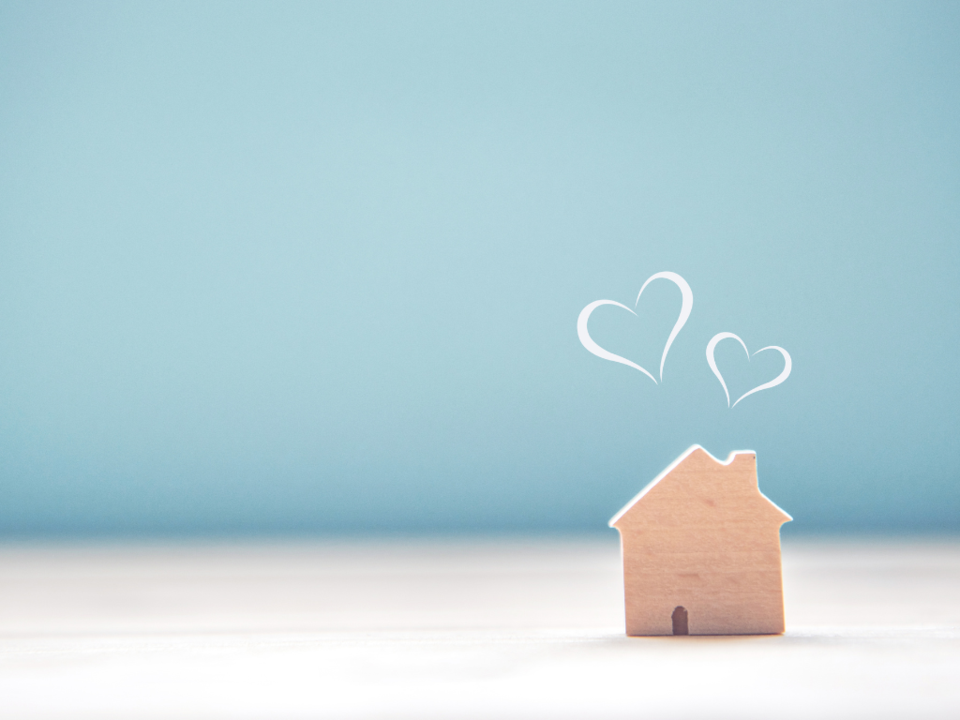What is the housing and wellness program, and what is the goal of the program?
Our home is meant to be a safe and comfortable space that nurtures both our mind and our body. We recognize that housing is a social determinant of health and that our housing conditions directly impact our health and our wellness. The Housing and Wellness Program is a program that was designed to provide tools and resources related to well-being to support any First Nations individuals living on-reserve or working in a housing position.
What types of resources do we offer?
We provide an array of resources including toolkits, infographic posters, blog posts, and informative videos. As the program evolves, we aim to introduce further resources such as webinars and workshops to enhance our offerings.
Can you describe the structure of the housing and wellness program?
The program is divided into two primary sections: Education and Wellness.
Under the wellness umbrella, we provide an assortment of resources aimed at addressing prevalent issues encountered by housing personnel, tenants, and youth concerning their personal well-being and the well-being of their homes. Through these resources, individuals can access pertinent information and assistance, empowering them to make informed choices and prioritize their health. Topics covered encompass burnout, mental health, indoor air quality, and safety concerns like fire prevention and mould mitigation.
On the education side, we recognize that many housing deficiencies stem from a lack of understanding and knowledge, so we offer educational tools, such as the Keeper of My Home program, to teach youth about how to properly care for their home from a young age. More information on the Keeper of My Home program can be found here.
How does the housing and wellness program aim to benefit participants?
The Housing and Wellness Programs aim to benefit participants by fostering improved well-being through a multifaceted approach. Through the provision of resources and support, individuals can address common issues experienced by many. By empowering individuals with education and knowledge, the program enabled informed decision-making and proactive measures to enhance personal and home wellness. Specifically targeting youth with education initiatives instills a sense of responsibility and care for their living environment from an early age, contributing to long-term community well-being. Through fostering a collaborative environment and providing mutual support, the program endeavours to create healthier, safer, and more supportive living environments for all participants, ultimately improving their overall quality of life.
How does the housing and wellness program address the physical and mental health needs of participants?
The Housing and Wellness Program addresses the physical and mental health needs of participants through a combination of resources, support, and educational initiatives. Firstly, it offers information to promote better physical health and help participants create safer and healthier living environments. And it also provides support and resources to address mental health concerns and promote mental well-being. By addressing both physical and mental health needs comprehensively, the program aims to enhance the overall wellness of participants and foster healthier, happier communities.
Are there any eligibility criteria or requirements for individuals to participate in the housing and wellness program?
No, it is a free program that anyone can access.
Can you provide examples of partnerships or collaborations that have enhanced the effectiveness of the housing and wellness program?
Through this program, we welcome collaborations aimed at enhancing its goal and effectiveness. For example, Our partnership with the First Nations Health Managers Association (FNHMA) has allowed us to explore how health and housing can work together and create tools to support one another.



